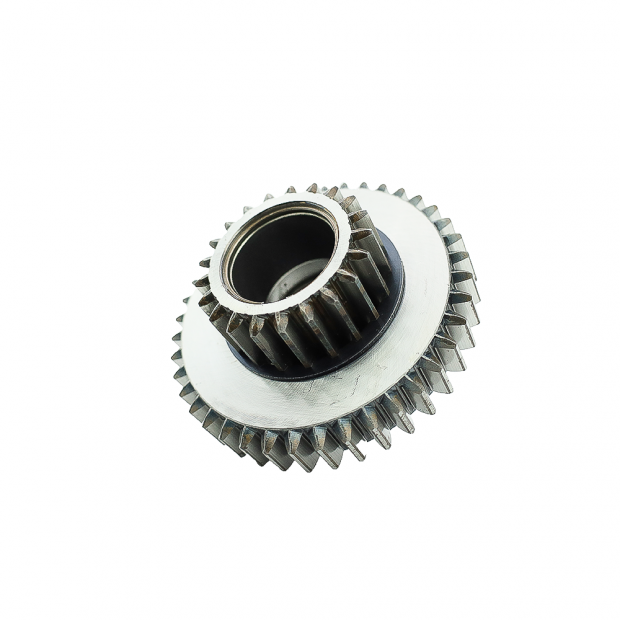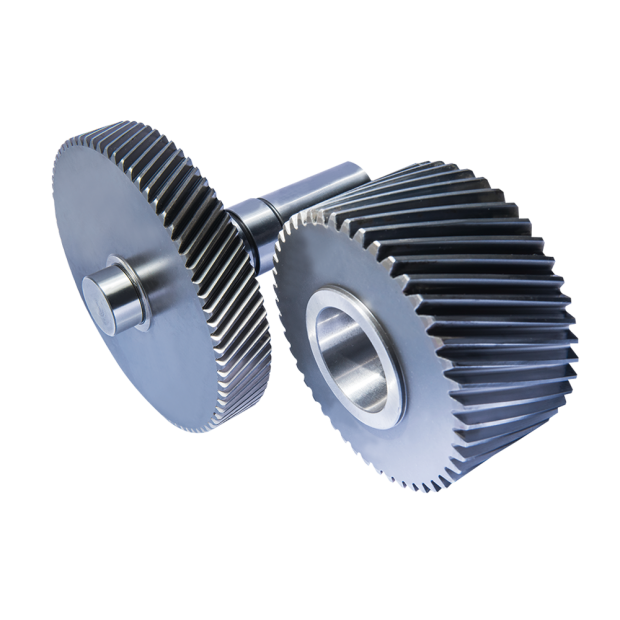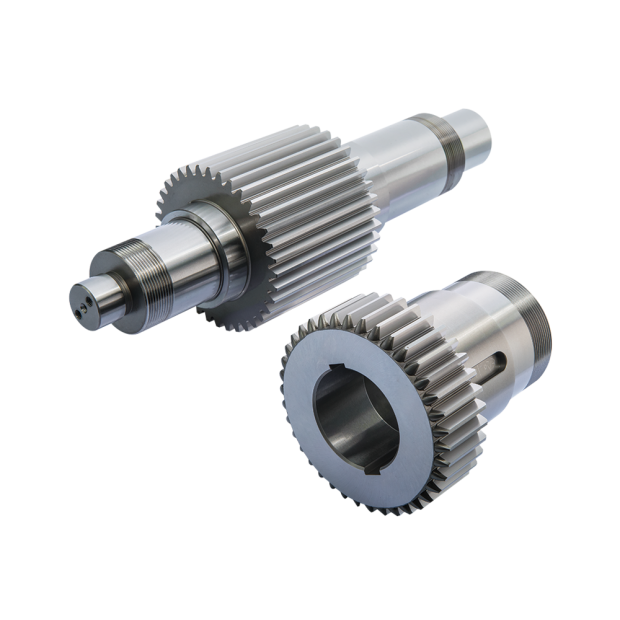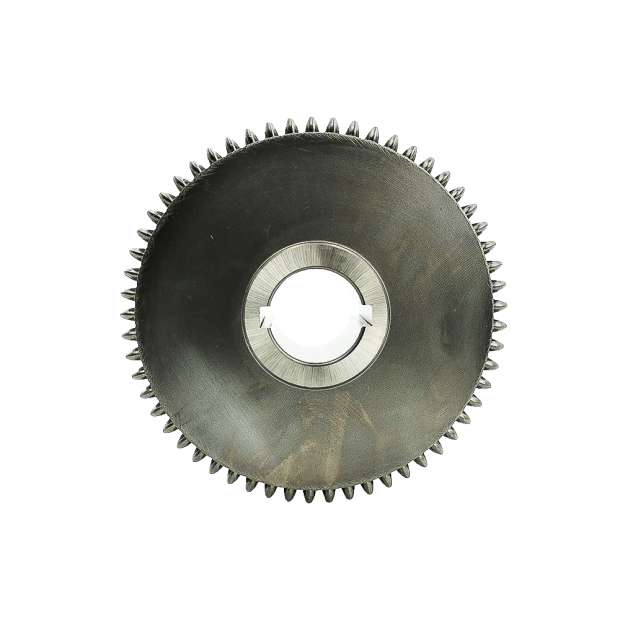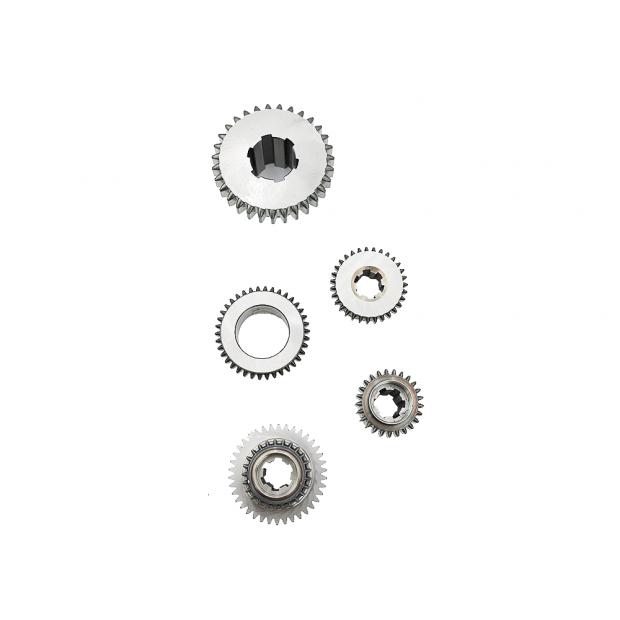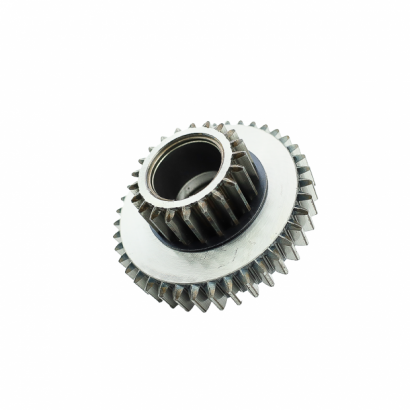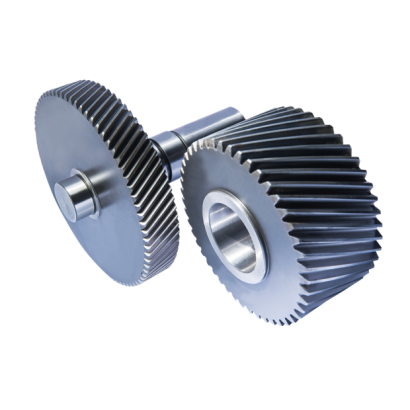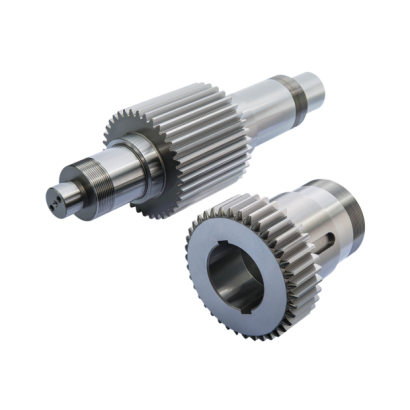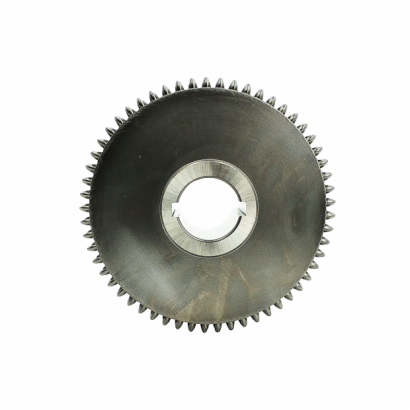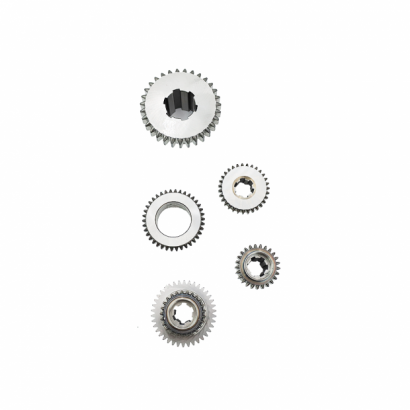Types of gears commonly used in gearboxes include:
-
Spur Gears: These have straight teeth that are parallel to the gear axis and are used for applications where simplicity and efficiency are important.
-
Helical Gears: These have angled teeth that are more gradually engaged than spur gears, resulting in smoother and quieter operation. They are suitable for applications requiring high speeds and precision.
-
Bevel Gears: These have cone-shaped teeth and are used to transmit motion between shafts that are intersecting at an angle, typically 90 degrees.
-
Worm Gears: These consist of a screw-like gear (worm) meshing with a wheel gear (worm wheel), providing high torque and gear reduction ratios. They are used in applications requiring large speed reductions and high torque output.
-
Planetary Gears: These consist of multiple gears (sun gear, planet gears, and ring gear) that operate together within a casing. They offer high efficiency and compact design, making them suitable for various industrial applications.
Each type of gear for gearboxes is selected based on factors such as the required speed, torque, efficiency, noise level, and space constraints of the gearbox application. They are critical components in ensuring the gearbox functions effectively and efficiently within various mechanical systems.

